#Christophe Odent
Text
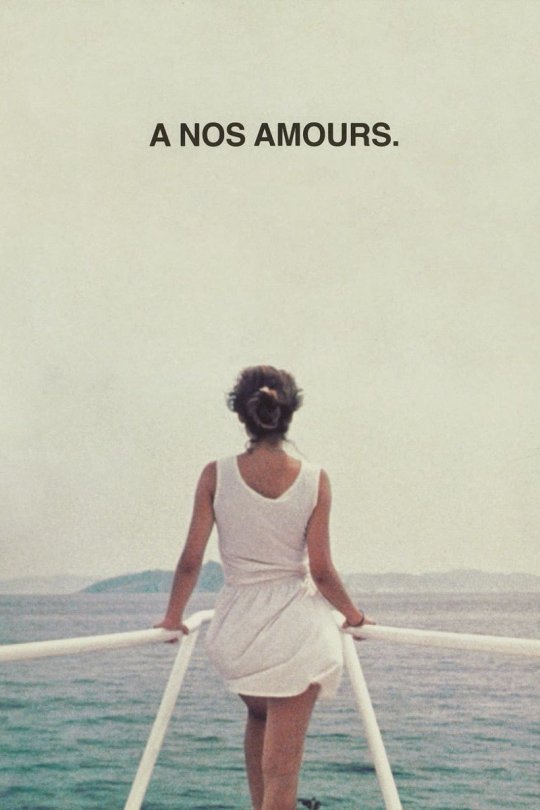
Films Watched in 2023:
6. A Nos Amours/To Our Loves (1983) - Dir. Maurice Pialat
#A Nos Amours#To Our Loves#Maurice Pialat#Sandrine Bonnaire#Christophe Odent#Dominique Besnehard#Cyril Collard#Jacques Fieschi#Evelyne Ker#Pierre Novion#Films Watched in 2024#My Post
2 notes
·
View notes
Photo

Promotional photo for the German distribution of Robert Hossein’s 1982 Die Legion der Verdammten (Les Misérables) with as Hervé Furic, Franck Cabot-David, Christian Benedetti, Robin Renucci, Christophe Odent and Alexandre Tamar as Enjolras, Marius, Combeferre, Jean Prouvaire, Courfeyrac, Bahorel, and Grantaire [source]
(I cannot say off the top of my head who is who in this photo and actually I’m not sure that there is a Prouvaire in this photo despite the description because there is no Prouvaire credited in the film although there is a Bossuet who isn’t mentioned here)
99 notes
·
View notes
Photo
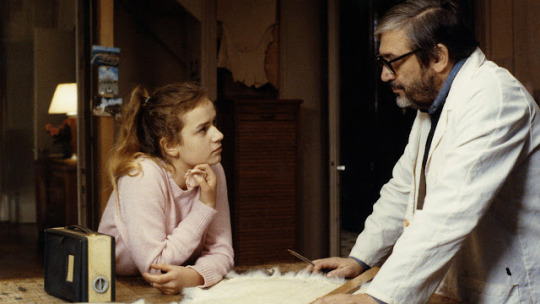
À Nos Amours (Maurice Pialat, 1983)
Cast: Sandrine Bonnaire, Maurice Pialat, Christophe Odent, Dominique Bresnehard, Cyril Collard, Cyr Boitard, Jacques Fischi, Valérie Schlumberger, Evelyne Ker, Pierre Novion, Tsilka Theodoru. Screenplay: Arlette Langmann, Maurice Pialat. Cinematography: Jacques Loiseleux. Production design: Jean-Paul Camail, Arlette Langmann. Film editing: Valérie Condroyer, Sophie Coussin, Yann Dedet.
Maurice Pialat is one of those directors who don't make it easy for viewers. He likes jump cuts from time to place that keep you slightly off-balance, and he seems to be obsessed with dysfunction. Not that À Nos Amours is hard to follow or hard to watch. It's graced with a skillful performance by Sandrine Bonnaire, making her screen debut in the key role of Suzanne, the teenage daughter in a family so volatile that it sometimes erupts into blows. Pialat himself plays the father, who finally gets so fed up with his wife (Evelyne Ker) and his dilettantish son (Dominique Bresnehard) that he abandons them -- not before knocking them around a few times. In response to this family craziness, Suzanne turns promiscuous, ignoring the attentions of Luc (Cyr Boitard), who loves her, and sleeping around until she finally decides to marry Jean-Pierre (Cyril Collard), though at the end of the film she has left him and is off to America. There's a raw immediacy to the film, created in part by Pialat's indifference to conventional exposition and transitions, so that we often feel as if we've been thrust into rooms to which we haven't been invited.
2 notes
·
View notes
Text
2023.18 : À nos amours
J’ai donné à À nos amours (1983) de Maurice Pialat, la note 6/10
Thématique générale pas très intéressante mais toujours séduit par le charme des films Pialat.
Naturel, spontané, la jeunesse fait écho à Passe t-on bac d'abord mais dans un registre plus autour des normes familiales et des relations.
Un marin Américain, la plage, la nudité.
0 notes
Text
The adaptation, the bet of sustainability of the artwork
At the Aquarium Theater - La Cartoucherie - I discovered the script À nos amours from 1983 this Thursday February with Ana by Laurent Ziserman, even though I didn't see the film by Maurice Pialat before.
vimeo
French teaser of Ana by Laurent Ziserman
A father, a mother, a brother, a sister, mealtimes, an apartment. I especially retain in memory the violence, the intensity, the truth of the family scenes ; their power and their beauty by their dramatic force.
Maurice Pialat's cinema is profoundly focused on the role of the human being. The filmmaker is only interested by people, their wounds and their weaknesses. Fragility of detail, long sequence shot, domestic and private space. So many characteristics that we find in the cinema of the Japanese director Kenji Mizoguchi from whom he's inspired a lot.
But what distinguishes Maurice Pialat is his works are derived from an intimate and felt experience. This experience becomes filmic material for an exploration in the theater. In fact, in an interview on November 1983, two weeks after the release of his film, Maurice Pialat confided his regrets. If he could have, he would have shot a family lock-in, uniquely in the setting of the partment in order to focus on these family scenes that constitute the essence of his narration.

Setting by Maurice Pialat
These scenes are filmed in a very head-on way by using the entire space of the set. A character enters from the left -garden side- at the beginning of the shot, and exits from the right -yard side- once the scene is finished. He mainly operates on the horizontal movement of the characters who are limited to the edges of the frame or by the set. The film deals with the question of scenic presence. Maurice Pialat's work seems to be in dialogue with the theater and its codes.
Is Laurent Ziserman's direction an adaptation or a contribution to Maurice Pialat's intentions ?
By introducing the original script to the stage, Laurent Ziserman seeks to transcribe a statement but also to redefine an aesthetic in continuity with Pialat's model.
First, the unity of action is maintained : a family loves each other and is torn apart. Then, the unity of the place reminds the exercise of staging in the theater in which a director composes a space with a variable function. In Ana the apartment is the only place where the action takes place, as Maurice Pialat would have wished for his film. On the stage of the Aquarium theater, this area evolves, deconstructs and decomposes. There is the dining room - represented by the wooden table - which becomes the space of the slippage and the family crises ; the atelier where the father and the mother practice their art.
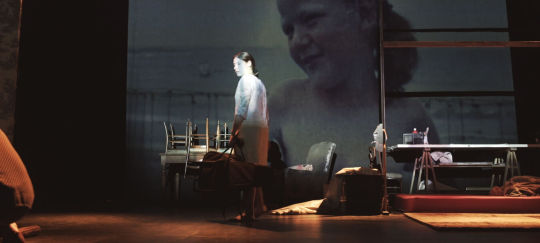
Setting by Laurent Ziserman

Father-daughter confrontation at the dinner table in the theater

Father-daughter confrontation at the dinner table in the film
The setting is also designed to navigate between several time-spaces. A screen is installed where cinematographic references are projected - The exit of the Lumière factory in Lyon 1895 - or past moments of the actors' intimate lives. At last, we also recognize all that deals with the physical body. In fact, what animates and makes Pialat's characters act are physical impulses. Consequently, the importance is attached to the scenography of the gesture in the spatial setting.
Laurent Ziserman includes the work of Maurice Pialat in almost all of his staging decisions. The press file of the Aquarium theater mentions the director's research : he went to the Cinémathèque Française to consult the Maurice Pialat Fund, he studied interviews with the director's major collaborators, he met Sylvie Pialat, the actor Christophe Odent and others. All of these sources permits the entire comprehension of the workin order to provide a diversity of material for Laurent Ziserman. But it's an exercise in inspiration rather than imitation. The director doesn't really seek to adapt a film but reimagines it, appropriates the codes of the director in order to complete his work.
Inspired by the idiom, aesthetics and method of Maurice Pialat, the piece Ana is a retrospective but also the exploration of an approach. The reading and appropriation of Maurice Pialat's work by Laurent Ziserman is a confession of the value of his work. His cinematic work will continue to exist in a different form, by renewing it and respecting the original intentions of its author. In a global sens, when the artwork is in the public space, it becomes the object of multiple re-uses that will make it perpetual.
0 notes
Text
Captain Conan (1996)
Captain Conan (1996)
BERTRAND TAVERNIER
Bil’s rating (out of 5): BBB
Original Title: Capitaine Conan
France, 1996. Canal+, Les Films Alain Sarde, Little Bear, Studio Images 2, TF1 Films Production. Screenplay by Jean Cosmos, Bertrand Tavernier, dialogue by Jean Cosmos, based on the novel by Roger Vercel. Cinematography by Alain Choquart. Produced by Frédéric Bourboulon, Alain Sarde. Music by Oswald d’Andrea.…
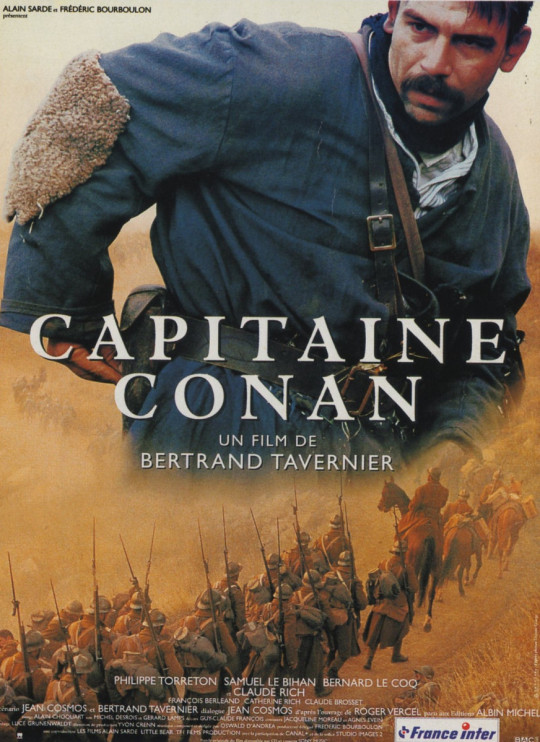
View On WordPress
#Adrian Pintea#Agnès Evein#Alain Choquart#Alain Sarde#Andre Falcon#Bernard Le Coq#Bertrand Tavernier#Bruno Therasse#Canal+#Catherine Rich#Cécile Vassort#Christophe Calmel#Christophe Odent#Christophe Vandevelde#Claude Brosset#Claude Rich#Claudiu Istodor#Crina Muresan#Dana Medeleanu#Daniel Langlet#David Brécourt#Diana Radu#Dominique Compagnon#Eric Dufay#Eric Savin#Eric Thannberger#Eugen Cristea#Eugenia Bosânceanu#European Film 1997#François Berléand
1 note
·
View note
Photo
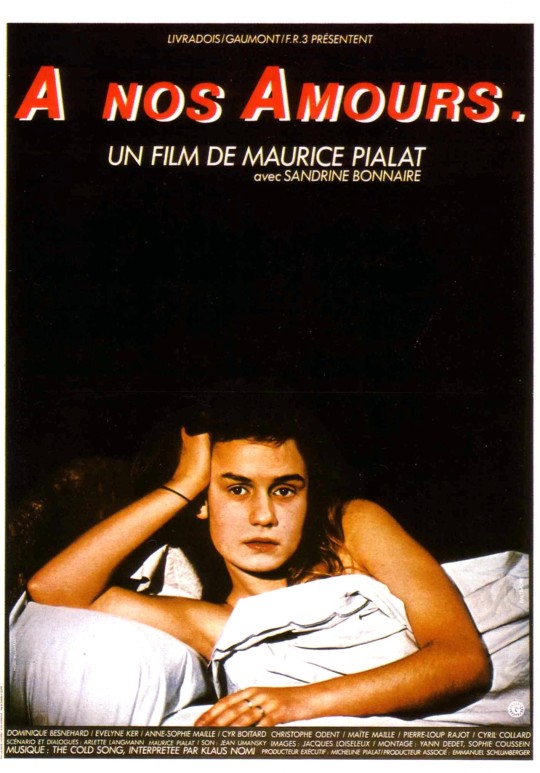


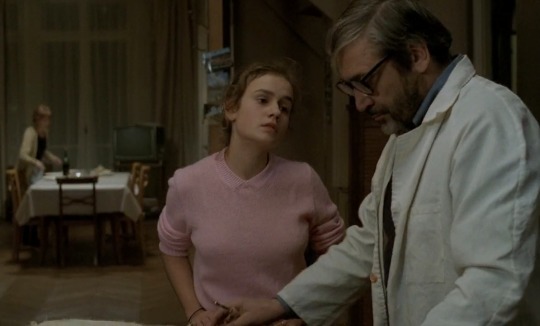
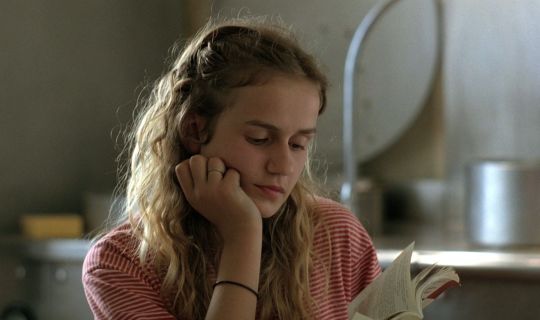
À Nos Amours (To Our Loves) (1983) Maurice Pialat
May 15th 2020
#a nos amours#to our loves#1983#maurice pialat#sandrine bonnaire#christophe odent#dominique besnehard#cyril collard#jacques fieschi#evelyne ker#cyr boitard#anne-sophie maille#maite maille
6 notes
·
View notes
Text
Il medico di campagna (Francia, 2016, 102 minuti) di Thomas Lilti con François Cluzet, Marianne Denicourt, Christophe Odent, Patrick Descamps e Guy Faucher
Il medico di campagna (Francia, 2016, 102 minuti) di Thomas Lilti con François Cluzet, Marianne Denicourt, Christophe Odent, Patrick Descamps e Guy Faucher
Il medico di campagna (Francia, 2016, 102 minuti) di Thomas Lilti con François Cluzet, Marianne Denicourt, Christophe Odent, Patrick Descamps e Guy Faucher
Di giorno e di notte, col buono e il cattivo tempo, Jean-Pierre Werner percorre le strade sterrate di campagna per raggiungere i suoi pazienti. Medico devoto alla professione e…
View On WordPress
0 notes
Text
Il medico di campagna
Il medico di campagna
L’atipica forza della nuova pellicola di Thomas Lilti si nasconde nell’originalità con la quale affronta il tema della malattia mortale attraverso un registro sempre lieve e ottimista. Una scommessa vinta, anche grazie all’ottima prova dei due attori protagonisti. (more…)
View On WordPress
#Christophe Odent#Cristophe Odent#Felix Moati#Francois Cluzet#Isabelle Sadoyan#Marianne Denicourt#Patrick Descamps#Thomas Lilti
0 notes
Text
L'appât de Bertrand Tavernier (1995) #Cinemannonce 333
Retrouvez la bande-annonce du film L'appât ponctuée des secrets de tournage et d'anecdotes sur celui-ci. ■ Abonnez-vous sur YouTube ► https://goo.gl/dck70g ■ Suivez-moi sur Twitter ► https://goo.gl/IMyExb ■ Rejoignez-moi sur Facebook ► https://goo.gl/eWnGLq ■ Suivez-moi sur Instagram ► https://goo.gl/N7expq 🎥 L'Appât est un film français réalisé par Bertrand Tavernier, sorti en 1995. ✎ Trois jeunes gens, une fille et deux garçons, assassinent de sang froid pour les voler, un premier, puis un deuxième homme dont les noms figurent sur la liste des "relations" de la jeune fille. Leur rêve : monter une chaîne de magasins de prêt-à-porter aux États-Unis, "parce que là-bas, tout est plus facile, on peut réussir du jour au lendemain". Pour cela, il leur faut dix millions… 🎬 Fiche technique ▬▬▬▬▬▬▬▬▬ Réalisation : Bertrand Tavernier Musique : Philippe Haïm Photographie : Alain Choquart Date de sortie : 8 mars 1995 ☺ Distribution ▬▬▬▬▬▬▬ Marie Gillain, Olivier Sitruk, Bruno Putzulu, Richard Berry, Philippe Duclos, Marie Ravel, Philippe Torreton, Clotilde Courau, Jean-Louis Richard, Christophe Odent, Jean-Paul Comart, Philippe Héliès, Jacky Nercessian, Jeanne Goupil, Alain Sarde, Daniel Russo, François Berléand, Thierry Gimenez, François Levantal ✎ Sources Wikipedia: https://ift.tt/2XrOr8u ✎ Sources AlloCiné: https://ift.tt/1mvSADe #MarieGillain #OlivierSitruk #BrunoPutzulu #RichardBerry #PhilippeDuclos #MarieRavel #PhilippeTorreton #ClotildeCourau #JeanLouisRichard #ChristopheOdent #JeanPaulComart #PhilippeHéliès #JackyNercessian #JeanneGoupil #AlainSarde #DanielRusso #FrançoisBerléand #ThierryGimenez #FrançoisLevantal #BertrandTavernier #ColoTavernier #MorganSportès #FrédéricBourboulon #RenéCleitman #PhilippeHaïm #AlainChoquart #LuceGrunenwaldt
https://youtu.be/Sf5C_yPYNq4
0 notes